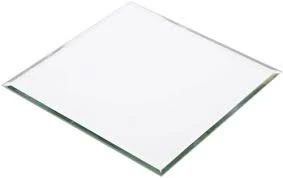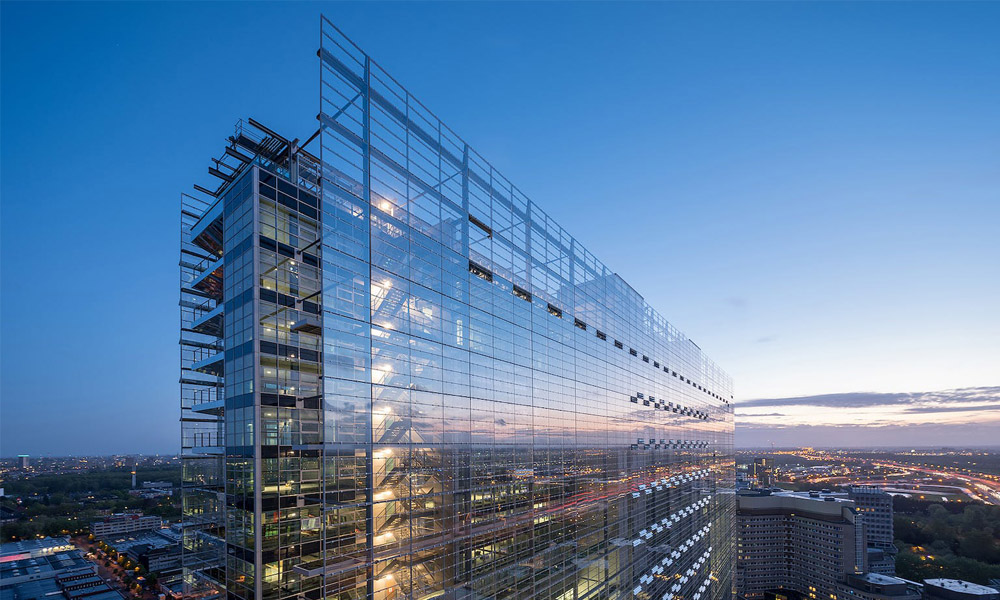Patterned safety glass is rapidly gaining traction in the architectural world due to its unique combination of aesthetic appeal and functional safety features. This specialized glass offers a harmonious blend of design flexibility and structural integrity, making it an ideal choice for modern architectural projects.

The journey of integrating patterned safety glass in construction begins with understanding its composition. Unlike ordinary glass, safety glass undergoes a treatment process that enhances its durability. It typically comes in two forms tempered glass, which is heat-treated, and laminated glass, comprising multiple layers bonded with interlayers. These processes ensure that even when broken, the glass shatters into small, blunt pieces or remains adhered to an internal layer, significantly reducing the risk of injury.
Patterned safety glass elevates this safety by adding a decorative dimension. The patterns can range from simple etched designs to complex, customized motifs, tailored to suit the aesthetic needs of a space. This customization ensures that every project is unique and resonates with the desired architectural intent. Buildings featuring patterned safety glass stand out, not just for their visual appeal but for effective light control and privacy solutions. By diffusing incoming light, patterned glass reduces glare without compromising natural illumination, enhancing a space's comfort and usability.

The expertise involved in selecting the right patterned safety glass involves considering its application. For external facades, the emphasis lies on both environmental considerations and building regulations. The glass must withstand external conditions such as wind pressure and temperature fluctuations while maintaining its pattern integrity over time. Internally, designers focus on the interplay of light and shadows, often using patterned glass in partitions or balustrades to create dynamic interior landscapes.
Architects and building planners seek authoritative input from glass manufacturers who continuously innovate in pattern creation and application techniques. These companies invest heavily in research and development to produce glass that not only meets but exceeds safety standards. They also offer insights into the sustainability aspects of using patterned safety glass. As the demand for eco-friendly construction materials rises, manufacturers are developing products that incorporate recycled materials and energy-efficient production processes, reinforcing the glass's position as a sustainable choice.
patterned safety glass
Trustworthiness in employing patterned safety glass comes from its proven track record in high-profile constructions and stringent testing protocols. Each piece is subjected to rigorous testing to ensure it can handle specific stress points, such as impacts and thermal cycling. Certifying bodies, both national and international, provide further validation, ensuring that the glass adheres to global safety codes and industry standards.
Case studies illustrate the practical benefits of patterned safety glass. One notable example is its use in modern office buildings, where aesthetics must reconcile with functionality. Here, patterned glass panels offer visual continuity while dividing spaces. Employees benefit from the privacy afforded by the patterns, which obscure direct lines of sight, yet the open nature of the space is preserved thanks to the glass’s transparency. Additionally, the use of this glass in educational institutions contributes to safer, aesthetically pleasing environments conducive to learning.
In homes, patterned safety glass has been gaining popularity in applications such as shower enclosures and kitchen backsplashes. Homeowners prefer it for its dual benefits of safety and style, transforming everyday spaces into designer elements while ensuring safety in high-risk areas. Its non-porous nature also makes it a hygienic option, crucial in areas prone to moisture.
Ultimately, embracing patterned safety glass in construction projects is more than a stylistic choice—it's a commitment to combining safety, sustainability, and innovative design. The trust placed in this material comes not only from its intrinsic properties but also from the continuous advancements made by industry leaders. As buildings worldwide continue to push the boundaries of design and functionality, patterned safety glass offers a versatile and secure solution.



